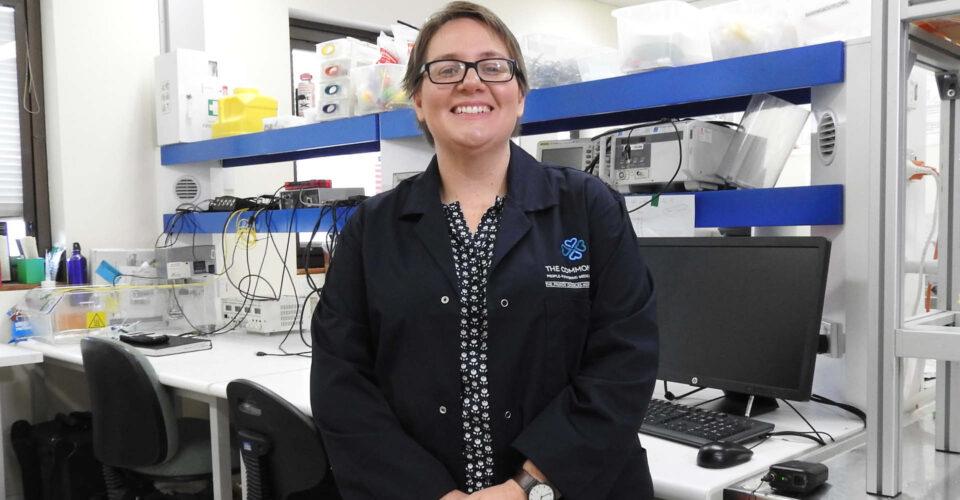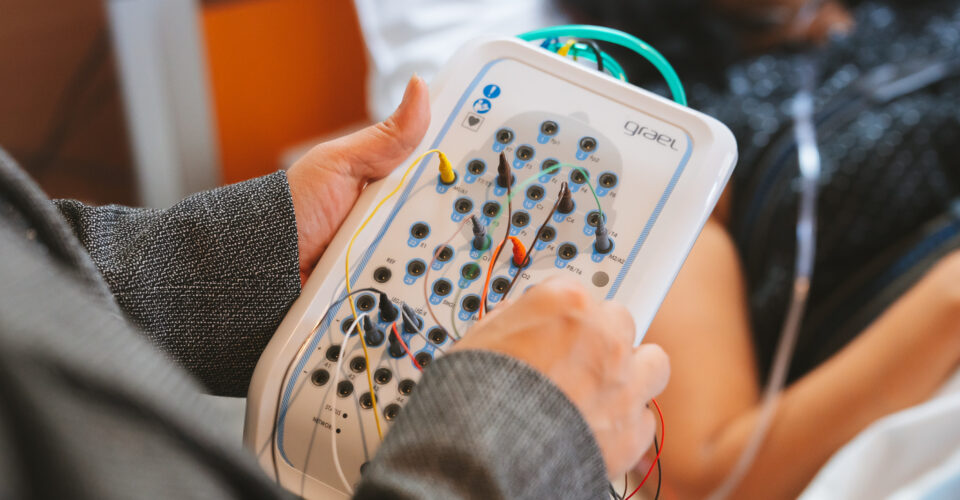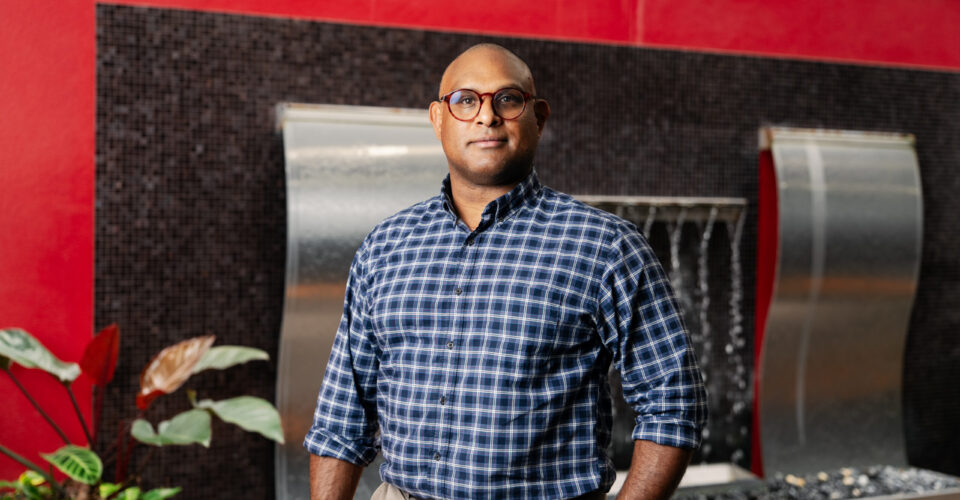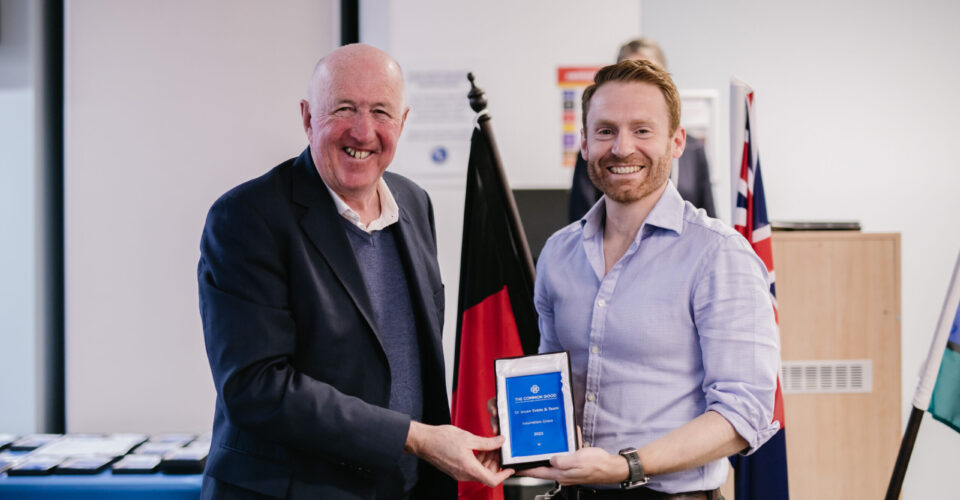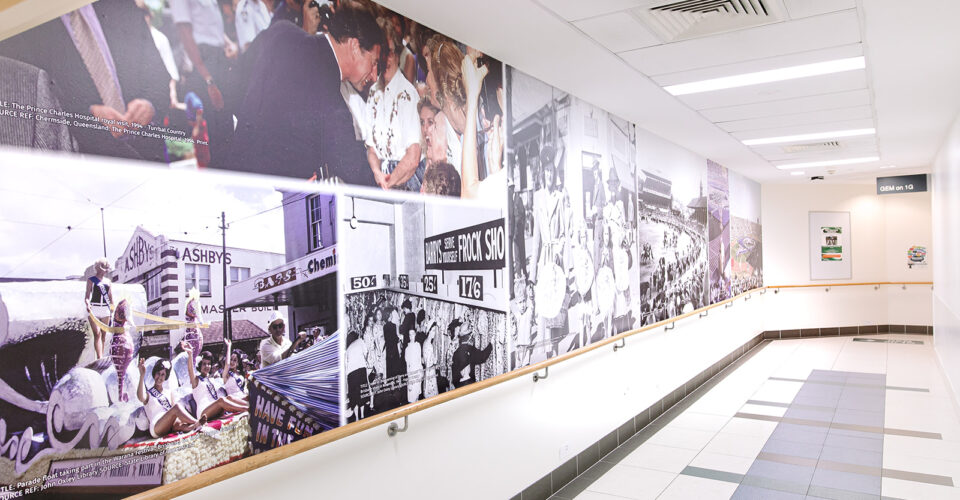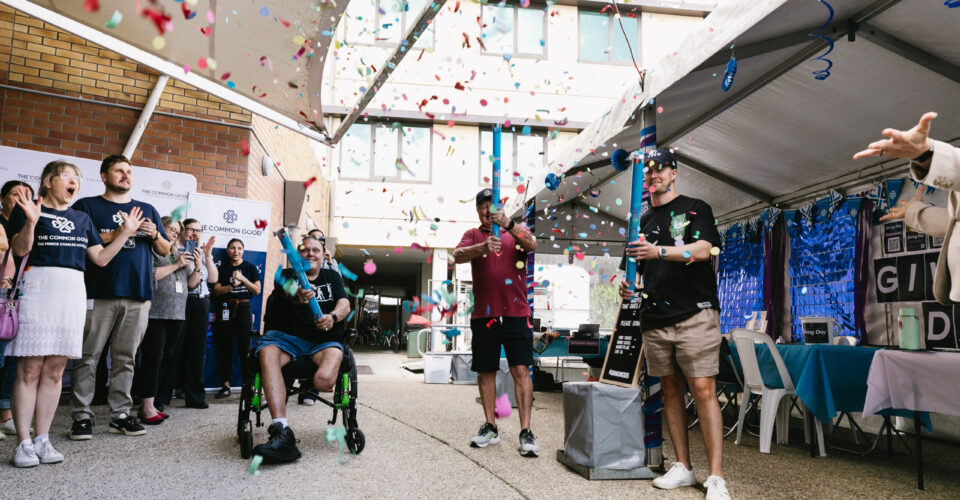When a person experiences heart failure, often their only chance of survival is with a heart transplant.
Due to the shortage of suitable organs in Australia, the waiting time for a new heart can take anywhere between a few weeks to a few years. While patients in need of a new heart wait, many rely on a technology called a ventricular assist device (VAD), which helps to keep the heart working until a suitable donor becomes available – essentially a small, implantable pump that keeps blood flowing throughout the body.
While life-saving, this technology still comes with its complications; the first major hurdle occurring when the VAD is implanted into the heart.
Current VAD surgery requires the patient to be placed on a heart and lung bypass (meaning they’re on full life-support during the operation), and the procedure can take up to an hour just to attach the VAD.
The longer a patient is on bypass, the harder it is for them to recover, and the more likely it is that they will experience life-threatening complications. To try and reduce surgery time (and consequently these life-threatening complications), researcher Kristy Garrick is developing a device that could quickly and easily connect a VAD to the heart, reducing the hour long surgery to just a few minutes.
With this revolutionary device, patient recovery time is expected to be greatly decreased and their post-surgery quality of life will significantly improve – patients will be able to get back to their lives faster while they wait for their new heart.
Support The Common Good here.
